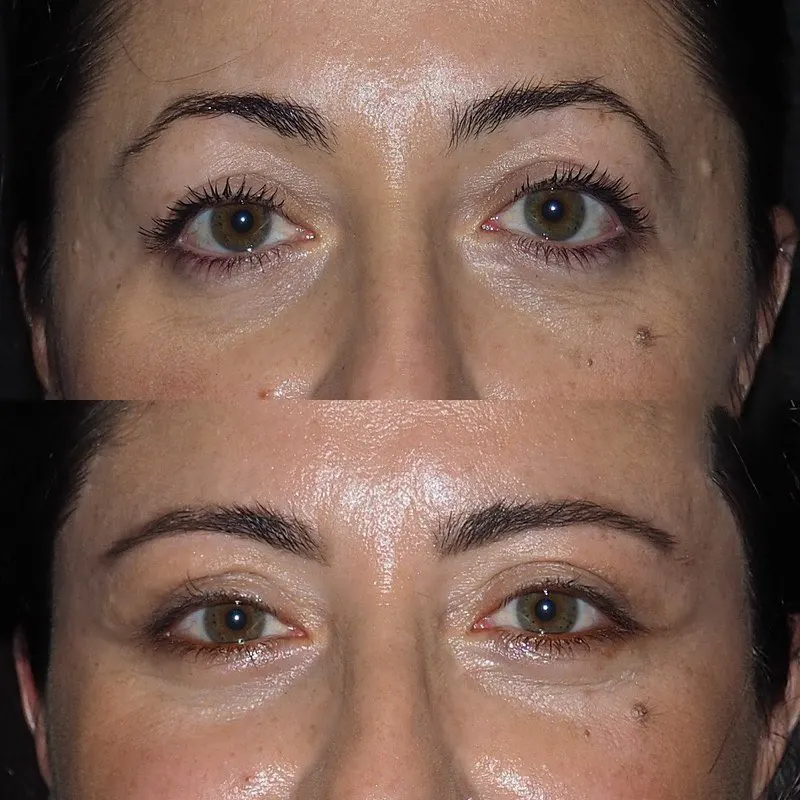When parents first hear the term positional talipes, it can sound worrying. Yet, it’s one of the most common and treatable foot conditions in newborns. Interestingly, many families first learn about it when visiting a back clinic, where specialists look at how muscle tone, posture, and alignment affect the entire body even tiny feet.
A back clinic doesn’t only help adults with chronic pain or spine problems. These clinics often take a whole-body approach, recognizing how spinal alignment and muscle balance influence leg and foot development. This connection becomes especially important when dealing with positional talipes, where the foot turns slightly inward or outward due to the baby’s position in the womb.
Let’s explore what positional talipes really means, why posture and musculoskeletal care matter, and how expert support from a qualified back clinic can guide your baby toward a healthy start.
The Role of a Back Clinic in Postural Development
A back clinic focuses on spinal health, muscle balance, and overall posture. These factors are not isolated to adults; they form the foundation of how the entire body develops and moves. When a baby has positional talipes, the issue isn’t only about the foot it can reflect minor muscular imbalances higher up, including in the hips or lower back.
Back clinics often use a holistic model, combining physiotherapy, chiropractic care, and postural correction techniques. By assessing spinal alignment, muscle tone, and movement patterns, practitioners can support healthy symmetry from head to toe. This can help babies with positional talipes regain full range of motion and prevent secondary problems as they grow, such as uneven walking patterns or lower back strain.
What Is Positional Talipes?
Positional talipes, sometimes called positional clubfoot or talipes equinovarus, is a condition seen in newborns where one or both feet appear turned or twisted. Unlike structural clubfoot, which involves bone or joint deformities, positional talipes happens simply because of how the baby was positioned before birth.
Inside the womb, babies grow in tight spaces. When a foot rests against the uterine wall or is compressed in one direction for weeks, the soft tissues adapt to that position. After birth, the foot may remain slightly bent or turned. The good news? In most cases, it’s temporary and correctable through gentle stretching, massage, and postural exercises often taught by healthcare professionals or physiotherapists within a back clinic.
Why Early Assessment Matters
Early detection is the key to treating positional talipes effectively. Parents often notice one foot turning inward when dressing their baby or during diaper changes. While mild cases usually improve within a few months, a professional assessment ensures that the problem isn’t structural or linked to a deeper musculoskeletal issue.
A back clinic can play an important role here. Specialists examine spinal and pelvic alignment, check for tight muscles, and recommend gentle stretches or positioning techniques. These simple daily movements often performed while playing or changing your baby can make a big difference in restoring natural foot alignment.
Early visits to a back clinic also provide reassurance for parents. You’ll understand what’s normal, what progress to expect, and when to seek further help if the foot doesn’t improve as expected.
Treatment Approaches Used in a Back Clinic
When treating positional talipes, back clinics emphasize non-invasive and gentle techniques tailored to each baby’s needs. Some common approaches include:
Gentle Stretching and Mobilization
Therapists teach parents soft stretching movements to encourage flexibility. These exercises are safe, pain-free, and often done several times a day.
Postural Support and Positioning
Because positional talipes often results from how the baby was curled in the womb, adjusting their sleeping and feeding positions can help rebalance muscle tone. A back clinic professional can demonstrate comfortable, supportive holds that promote correct alignment.
Developmental Exercises
As babies begin to kick, roll, and crawl, movement helps naturally correct the foot position. Clinics may suggest play-based activities that strengthen the hips, back, and legs to support even development.
Parental Education
One of the most valuable parts of visiting a back clinic is learning how to continue therapy at home. Parents receive guidance, reassurance, and confidence to handle stretches and exercises safely between visits.
The Connection Between the Back and the Feet
You might wonder why a back clinic is relevant for a condition that seems focused on the feet. The answer lies in body mechanics. The spine is the body’s central support system it affects balance, coordination, and even how weight is distributed across the feet.
When posture or muscle tone is slightly uneven, the entire chain from the back to the hips to the feet adjusts to maintain balance. That’s why specialists view positional talipes not as an isolated foot issue, but as part of the body’s overall alignment story. Correcting the spine and pelvis ensures that as the baby grows and starts walking, both feet bear weight evenly, promoting long-term musculoskeletal health.
Long-Term Benefits of Early Care
Visiting a back clinic early offers benefits that extend far beyond correcting positional talipes. Proper alignment and movement patterns established in infancy can prevent future issues such as:
- Flat feet or uneven gait during childhood
- Lower back or hip discomfort in later years
- Postural imbalances linked to poor sitting habits or sports injuries
By ensuring that the spine, hips, and feet work together harmoniously, a back clinic helps set the foundation for lifelong balance, coordination, and healthy movement.
When to Seek Further Help
In most cases, positional talipes resolves naturally with guided stretching and consistent care. However, parents should seek professional input if:
- The foot remains stiff or inflexible after three months
- One leg or foot appears shorter than the other
- Your baby shows discomfort during movement
- The condition seems to worsen instead of improving
A back clinic can refer you to a pediatric orthopedist if deeper structural issues are suspected. Early collaboration between specialists ensures your baby receives comprehensive, coordinated care.
Conclusion
Positional talipes may look concerning at first, but with early attention and expert guidance, it’s highly manageable. Visiting a back clinic gives parents access to holistic, gentle treatments that not only address the foot’s position but also promote healthy spinal and muscular development from the start.
Whether your baby is just a few days old or already learning to crawl, supporting proper posture and alignment early makes a world of difference. Remember, the body works as a connected system and sometimes, the path to healthy feet begins with a strong, well-aligned back.


